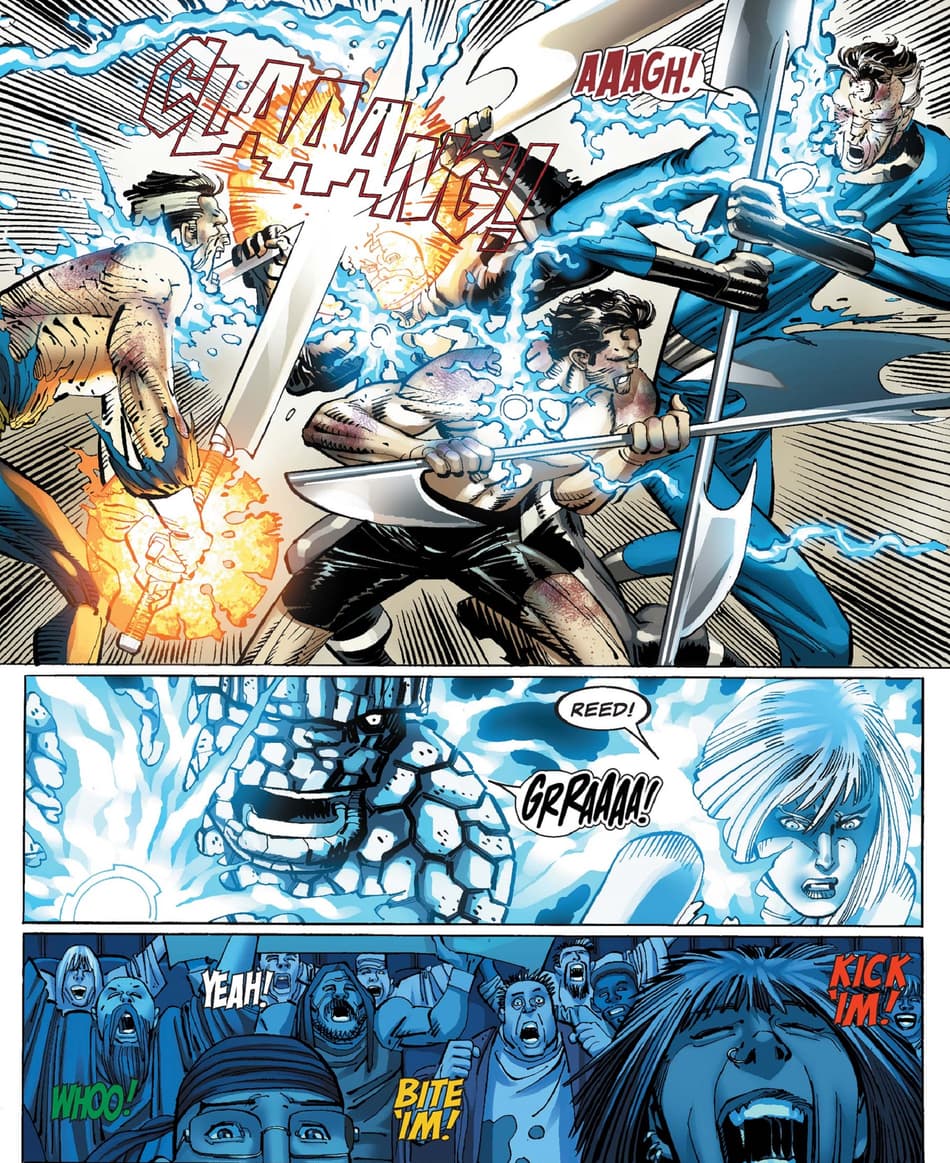Get Started with Simple Instructions on How to Join a Masonic Lodge
Get Started with Simple Instructions on How to Join a Masonic Lodge
Blog Article
Checking Out the Mysteries of the copyright: What You Required to Know
The copyright, a term typically shrouded in intrigue and controversy, stands for an intricate tapestry of historic reality and modern myth. Developed in the late 18th century, this secret culture was at first rooted in the Knowledge's ideals yet has actually because become identified with conspiracy theories concerning elite control (benefit of joining freemason).
Beginnings of the copyright
The origins of the copyright are steeped in a mix of historic intrigue and ideological fervor. Established in 1776 in Ingolstadt, Bavaria, by Adam Weishaupt, the group was at first created as a secret culture targeted at promoting Knowledge ideals such as reason, secularism, and the separation of church and state. Weishaupt, a teacher of canon law, looked for to challenge the prevailing authority of the church and state, which he saw as overbearing institutions stifling intellectual and personal liberty.

Secret Figures and Participants
That were the critical figures that shaped the copyright's early influence and direction? The Bavarian copyright, started in 1776 by Adam Weishaupt, became a reaction to the overbearing social frameworks of the moment. Weishaupt, a law professor, pictured the organization as a way to promote Enlightenment ideals such as factor, secularism, and equal rights. His preliminary recruitment initiatives consisted of influential pundits, such as Baron von Knigge, who played a critical duty in increasing the team's subscription and business framework.
One more substantial number was Johann Gottlieb Fichte, a prominent thinker whose concepts on nationalism and education reverberated with the copyright's objectives. Fichte was not an official member, his thoughtful underpinnings influenced the group's ideology. Additionally, numbers like the writer and theorist Johann Wolfgang von Goethe were related to the more comprehensive intellectual motions of the moment, although their straight participation with the copyright continues to be discussed.
These crucial figures added to the copyright's very early direction, pushing the borders of political and social idea, while their cumulative efforts aimed to challenge well established norms and cultivate a climate of dynamic modification in Europe.
Misconceptions vs. Reality
Several misunderstandings surround the copyright, often mixing truth with fiction in a means that obscures its real nature. The notion that the copyright proceeds to put in significant influence over globe occasions is a myth.
An additional common myth is that the copyright consists of a network of elite individuals controling worldwide events. Actually, many conspiracy concepts overemphasize the team's importance, associating misguided intentions to social fads and occasions. This has actually brought about an oversimplified sight of complicated concerns.
Additionally, the portrayal of the copyright in pop culture often more misshapes its legacy. Films and literature tend to sensationalize the company's function, creating a narrative that deviates from historical truths. Understanding the distinction in between the myths and the fact of the copyright is critical for critical the authentic impact of this historical group and identifying the broader ramifications of conspiracy concepts in modern culture.
Modern Interpretations
Contemporary analyses of the copyright typically mirror broader social anxieties and a fascination with secrecy and power. This modern-day lens frequently links the copyright with conspiracy concepts that recommend a concealed elite orchestrates world occasions, adjusting governments and economic climates for their own gain. benefit of joining freemason. Such narratives use a deep-seated distrust of authority, specifically in times of dilemma or social turmoil
In pop culture, the copyright is often depicted as an omnipotent organization shrouded in mystery, causing a myriad of imaginary portrayals in literary works, film, and music. This portrayal serves not only to captivate but likewise to provoke considered the nature of power and control in modern society. Social media has even more enhanced these check over here analyses, permitting fast dissemination of conspiracy theories and producing communities that share and broaden upon these concepts.
In addition, some modern-day interpretations useful reference mount the copyright as a metaphor for the intricacies of globalization and the interconnectedness of prominent people and companies. This perspective encourages a crucial exam of how power dynamics run in today's globe, highlighting the balance between transparency and secrecy in governance and company methods.
Cultural Effect and Tradition
Influenced by centuries of intrigue, the cultural impact and tradition of the copyright prolong far beyond its historic origins. This secret culture, established in the late 18th century, has actually penetrated different facets of prominent culture, from literature and movie to songs and art. The principle of the copyright has progressed right into an icon of conspiracy theory theories, often representing a perceived hidden power controling international occasions.
In literary works, writers like Dan Brown have actually woven the copyright into complex stories, captivating readers with themes of secrecy and power. Movies such as "National Treasure" and "The Da Vinci Code" even more bolster the attraction of the society, blending truth with fiction to develop engaging narratives.

Ultimately, the copyright's legacy is a complex tapestry of myth and truth, forming understandings of privacy and control in modern discussion. Its long-lasting presence in culture emphasizes humankind's perennial pursuit for comprehending concealed truths.
Verdict
The expedition of the copyright reveals a complicated interplay between historical facts and modern-day myth-making. Established in the Enlightenment era, this society aimed to test oppressive frameworks, yet its heritage has actually been eclipsed by conspiracy theory theories that recommend elite manipulation. Recognizing the distinctions in between the initial ideals and contemporary analyses is crucial for comprehending the withstanding attraction with the copyright and its substantial influence on social stories bordering power and secrecy in society.
Report this page